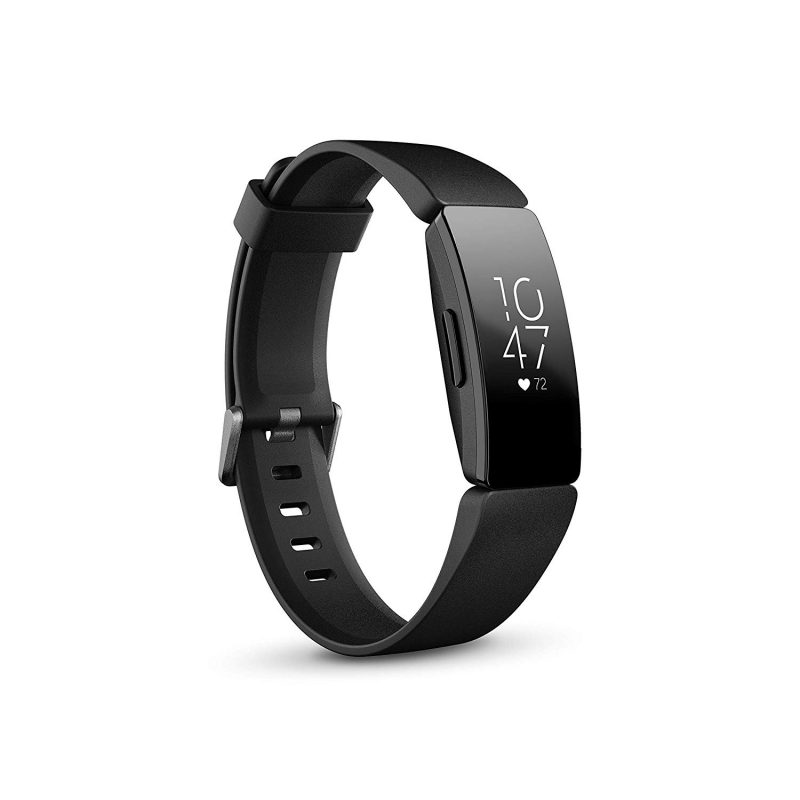

It'll log your workouts, how many hours you sleep per day, track menstrual health, count laps in the pool, keep track of your heart rate, and, yes, count your steps.įitbit caters a bit more to those who get inspiration from others.

It does not have an Sp02 sensor, and it can't measure your Vo2 Max, which is a shame, but it measures up to Garmin in all other ways. Like Garmin, the Fitbit Inspire 2 focuses on health and fitness. You can change this by digging into the app's menu system. Fitbit jumped on that bandwagon right away, popularizing it all over again, and, by default, you'll find your Fitbit sets a 10,000 steps-a-day goal. It will come as no surprise to anyone that the proclamation was part of a marketing campaign to sell pedometers. It was Yamasa Corporation that was first to claim that taking 10,000 steps a day is healthy. Fitbit Inspire 2: Fitbit builds confidenceįitbit Inspire Lifestyle (Image credit: Fitbit) With the Vivosmart 4, you can count and time laps in the pool or on the track, gauge blood oxygen saturation levels, see your Vo2 Max, time workouts, see your sleep trends, track stress, and use something called "body battery" that's an indication of how much energy you've expended during the day and whether or not you're running on fumes. Even though we'd classify it as a basic fitness tracker, it measures much more than just your daily steps. Garmin has always offered metric-heavy wearables, and the Vivosmart 4 is no different. Garmin users concentrate more on beating their personal best than tallying up more steps than their neighbor. Those who jump on the Garmin bandwagon tend to be athletes and serious fitness fanatics who like to challenge themselves and have no trouble getting outside their comfort zone. Garmin has been a stronghold in the fitness community since 2003, and they have a good feel for their userbase.


 0 kommentar(er)
0 kommentar(er)
